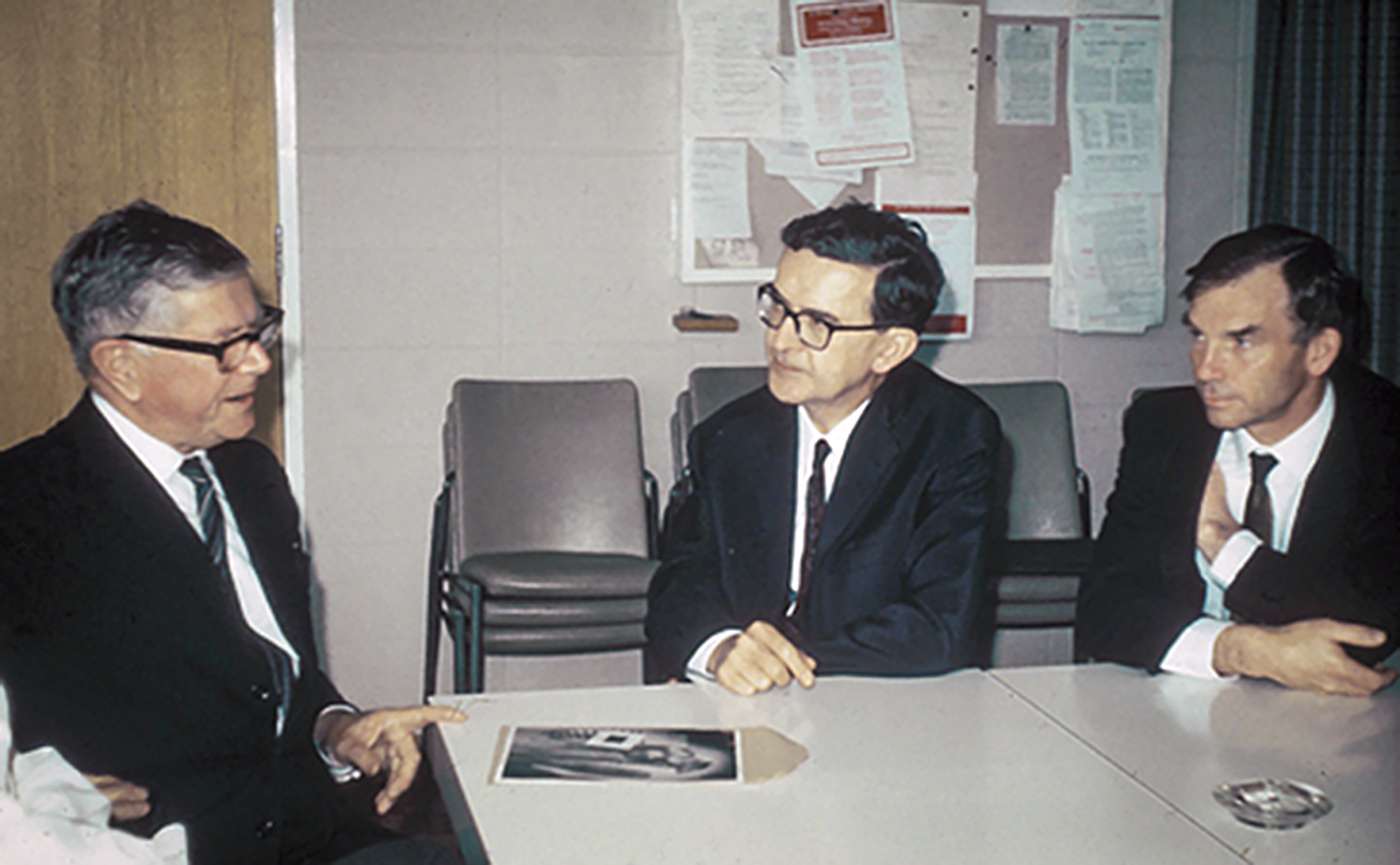Belinda Lawson is the third generation of her family to become deeply engaged in the work of the Walter and Eliza Hall Institute, inheriting an enduring legacy of close relationships between scientists and benefactors.
She chairs the John T Reid Charitable Trusts, established by her industrialist grandfather, Sir John T Reid. The national organisation has supported a wide range of causes, including substantial support for medical research, for over 60 years.
The relationship between the John T Reid Charitable Trusts and the institute came into being in the late 1970s, the fruit of a friendship between the institute director Sir Gustav Nossal, and businessman John B Reid AO, Sir John’s son and Belinda Lawson’s uncle.
Research to benefit future generations
“My uncle’s mother, Lady Gladys Reid, was badly afflicted with rheumatoid arthritis,” says Lawson. A painful and debilitating autoimmune disease suffered by some 200,000 Australians, rheumatoid arthritis disproportionately strikes women, often in their prime. Yet investigation of its causes and the possibility of finding cures were still fairly neglected areas at the time.
“Uncle John wanted to get some solid research up and going, in part because of his mother’s arthritis. At the same time, there was awareness that the research would not be likely to bring results in time for her. The real challenge was to carry out research that would benefit future generations,” she says. Nossal took up the challenge put forward by John B Reid.
While the trusts have supported a number of medical research projects and institutes over the years – including work on neuroscience, heart health, diabetes, cystic fibrosis and epilepsy – the association with the institute is distinguished as a particularly intimate one. This is largely the result of the strong working relationship that formed between Nossal and the long-serving trusts chair Mrs Margaret Ross, a daughter of Sir John who guided the trusts for 25 years.
Direct and capital funding for rheumatoid arthritis
The first phase of their collaboration underwrote annual symposiums bringing together rheumatoid arthritis researchers from around Australia and eventually from around the world. This yielded enough positive results to persuade Nossal to bring together a team of medical and clinical experts with a focus on developing translational, bench-to-bedside therapies.
A new laboratory was set up by the institute to focus on arthritis. It was supported by grants through two mechanisms – a direct project grant, and a capital fund, the interest from which would be used to sustain the laboratory longer term through lean years in the government grants cycle. But in that era, in keeping with John T Reid’s preference, says Lawson, the grants were anonymous.
“To date, the trusts have donated millions to support the institute’s rheumatoid arthritis research, and the trustees are very happy with the progress that the institute has achieved,” says Lawson. “I am proud that this has resulted from the initial collaboration between Sir Gustav and Uncle John, followed by the strong support of my mother, Margaret. My aunt, Jean Hadges, was also heavily involved in the relationship between the trusts and the institute over many years”, she says.
The laboratory grew around the appointment of rheumatologist Professor Ian Wicks to head the institute’s Inflammation division. His interest is in unraveling the complex biological changes that occur during inflammatory and autoimmune diseases, when the immune system turns against the body’s own tissues. Rheumatoid arthritis remains the primary focus.
A continuing partnership
Since Lawson became active in the trusts in 2003, she has continued the tradition of close collaboration with the institute. “It comes down to developing a partnership with people that you can work with and that you can trust,” she says. “The Walter and Eliza Hall Institute showed from the beginning that we could trust them by the way they managed the grants, and the researchers continually reinforce our trust through the quality of the work they produce. While we have many other relationships with other research institutions, there is a longevity in our relationship with the institute that makes it special.”
Thanks to careful management since their establishment, the trusts are in good shape, Lawson says. “We expect to be supporting medical research in the foreseeable future, so we are anticipating working with the institute for a long time to come.”





